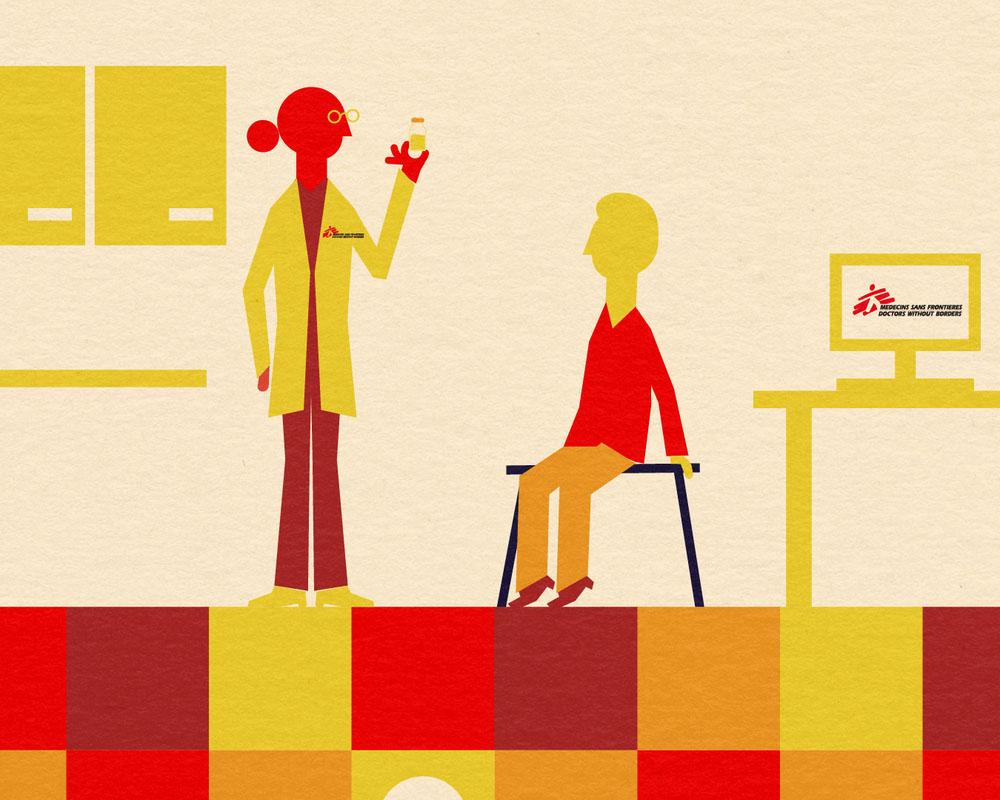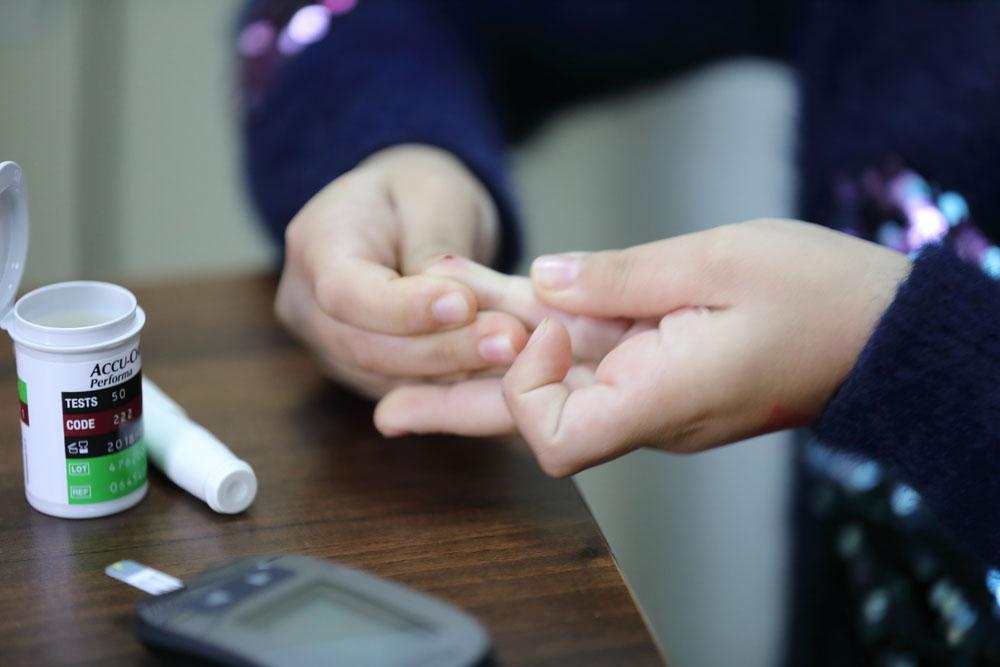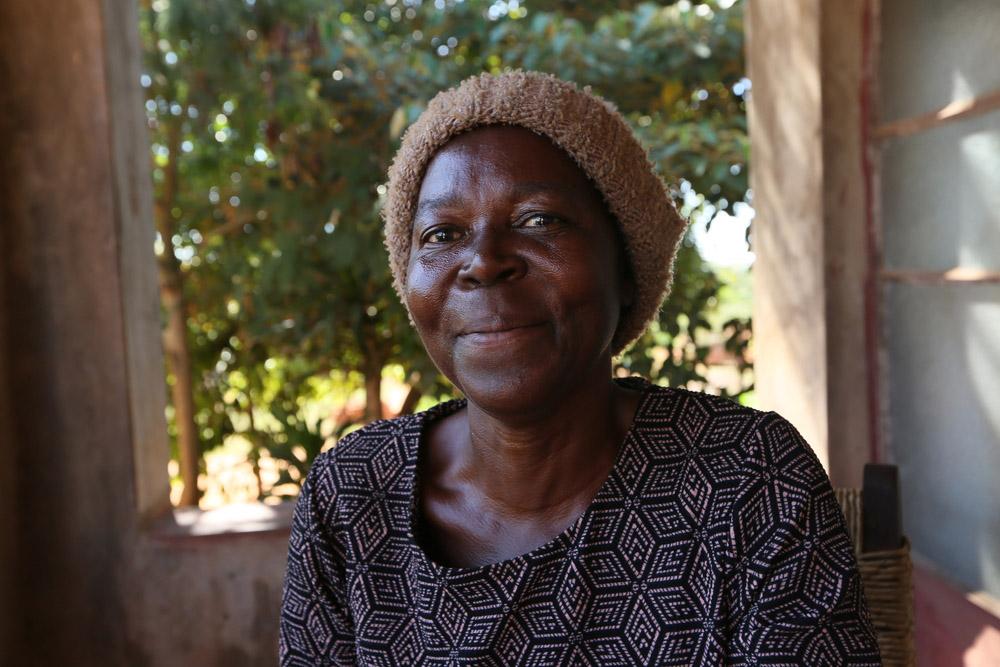One hundred years ago, in 1921, a monumental medical breakthrough was made with the discovery and first use of insulin. It would transform life for people living with diabetes around the world.
The Canadian scientist that led the discovery, Frederick Banting, was awarded the Nobel Prize for Medicine and eventually sold the patent for the drug to the University of Toronto for just $1, stating: “Insulin does not belong to me, it belongs to the world”.
Today, it’s estimated that 463 million people are living with diabetes worldwide. However, despite a century of medical advances, around half of those who need insulin still don’t have access to it. Many of these people are living with a diagnosis but limited treatment – due to poor access to healthcare, poverty, displacement or conflict.

100 years since the discovery of insulin
Dangerous myths
As with many global healthcare issues, the challenges faced by diabetic people living through humanitarian crises are not inevitable. In fact, it’s often profit-driven policies that stand in the way of accessing treatment.
The fridge myth
In many of the places where MSF works, temperatures often exceed the recommended storage range for insulin. So, there’s a widely held belief that patients need to keep their medication in the fridge. This becomes a clear obstacle when a person doesn’t have a fridge – either due to poverty, limited electricity or because they’ve been forced to flee to a refugee or displacement camp.
Without reliable refrigeration, many patients end up travelling more than once a day to a healthcare clinic to receive their insulin. Not only can this cost money, but in places suffering from insecurity, it can become incredibly unsafe.
However, from experience, we know that guidelines from pharmaceutical companies need updating. In February 2021, the results of a study led by MSF and the University of Geneva proved that insulin could be stored at up to 37°C.
Meanwhile, simple storage solutions, such as basic clay pots, have also been found to be an effective way of keeping insulin at cool and stable temperatures, meaning patients no longer have to travel twice a day to receive their treatment.

The Big Pharma prices
One of the biggest obstacles to improving access to insulin is that it can be an incredibly expensive drug to produce.
Except it isn’t.
Just three “Big Pharma” companies – Novo Nordisk, Eli Lilly and Sanofi – control 99 per cent of the entire insulin market. With such a monopoly, the unfair pricing schemes set by these large corporations impact millions of patients around the world.
This cost to produce insulin can be up to R2000 (£102) per patient per year. However, the price of insulin available to MSF projects ranges from R4312 (£220) to R17 641 (£900) per patient, depending on the injection device and type of insulin we need to provide for the patient.
There are several companies working to improve market competition and produce generic unbranded insulin. This would significantly lower the cost for patients and healthcare organisations. However, they face tough regulations to have their insulin approved.
MSF is campaigning hard to enable these generic companies to enter the insulin market, and working to improve the package of tools available to diabetic patients around the world.

The “complex” condition
Diabetes can clearly be a complex condition for an individual to manage, particularly the Type-1 form of the disease.
This is because patients have to constantly monitor their blood sugar levels with finger-prick tests and inject themselves with insulin up to six times a day. In many places where MSF works, food insecurity can complicate things even further.
However, with the right resources, patients around the world could be helped to manage their condition and significantly improve their quality of life.
There are newer tools such as insulin pens that make it much easier to inject, while at the same time, continuous glucose monitoring devices now mean that patients don’t have to prick themselves multiple times a day. These devices are not routinely available in many lower-income places due to their cost, however, improving availability would ultimately reduce a patient’s need for treatment due to complications in the long run. By helping people to safely manage diabetes now, we can stop it from worsening in the future.



